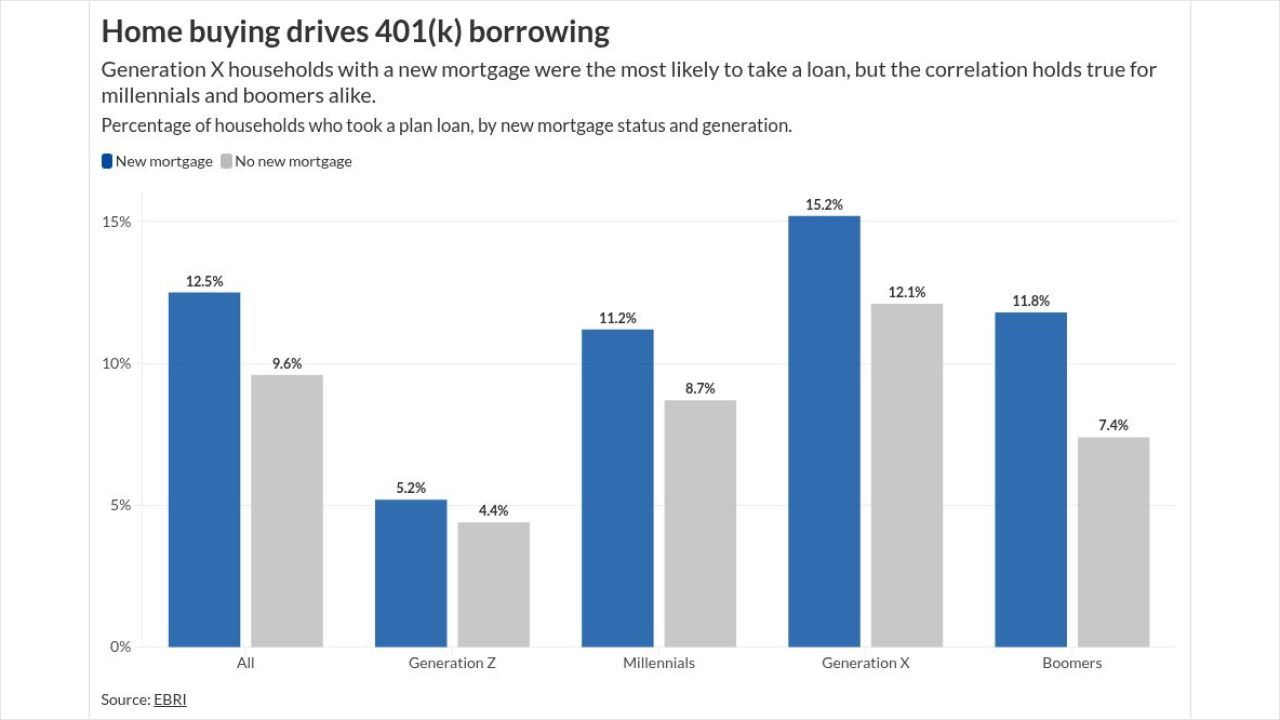The Securing a Strong Retirement bill (SECURE 2.0) was unanimously passed out of the House Ways and Means Committee on May 5, 2021. It has broad bipartisan support, yet it remains unclear what its route to enactment might look like. The Senate is working on its own versions of retirement plan legislation, which are similar but not identical. The budget reconciliation bill seems the most likely vehicle for passage this year, but Democrats may prefer to keep budget reconciliation revenue to support provisions that do not have bipartisan support. Also, some provisions of SECURE 2.0 may not qualify under budget reconciliation. Most commentators seem to think the legislation will somehow pass this year, but are uncertain as to just how that will happen.
Building on the provisions of the SECURE Act enacted in 2019, SECURE 2.0 has many popular provisions that should help people save for retirement. The criticisms center mainly around some of the complexity associated with some of the phase-ins and phase-outs and whether it will really make a significant impact on the people who are not saving enough for retirement.
While most commentators expect a retirement package to pass by year-end, the form that will take is uncertain. It appears that SECURE 2.0 as passed by the Ways & Means Committee is likely to be modified somewhat by the Senate, either by substituting their own bill or modifying the Ways & Means version.
With SECURE 2.0 continuing to not require employers to offer retirement plans and continuing to allow employees to opt out of retirement plans that are offered, there remains concern about how effective it would be in increasing retirement savings for the average employee. Mandatory proposals, such as the Senate’s Automatic IRA plan, may fall victim to a court challenge that it violates the ERISA preemption standards for voluntary compliance. State automatic IRA plans have survived court challenges because they are administered by a state and not imposed on private employers.
Congress has a great deal on its agenda this fall, and it is hoped that these retirement plan reforms will not somehow fall through the cracks.
In the meantime, here are some of the major provisions of the potential legislation.





